Originating in Southeast Asian cuisine as an ingredient known for imparting distinctly lemony and slightly bitter flavors, lemongrass usually comes in the form of a fibrous green stalk that is taken from the primary growing body of the plant, though the leaves are also occasionally used for culinary purposes as well.
However, due to a variety of reasons such as a lack of availability in one’s geographical region or an allergy to the lipid compounds found in the lemon grass plant, a suitable substitute for this Southeast Asian edible grass.
The best flavor substitutes for lemongrass are lemon rind zest, kaffir lime leaves, or lemon juice. The best texture substitutes for lemongrass paste are ginger paste or unseasoned curry plant paste. The best vegetable substitutes for lemongrass talks are lemon balm leaves, lemon verbana leaves, or curry leaves. The best tea substitutes for lemongrass tea are lemon tea or Korean citrus tea.
Is Lemongrass the Same as Citronella?
A certain level of confusion may be found in the distinction between lemongrass and citronella due to the fact that the two are used interchangeably.
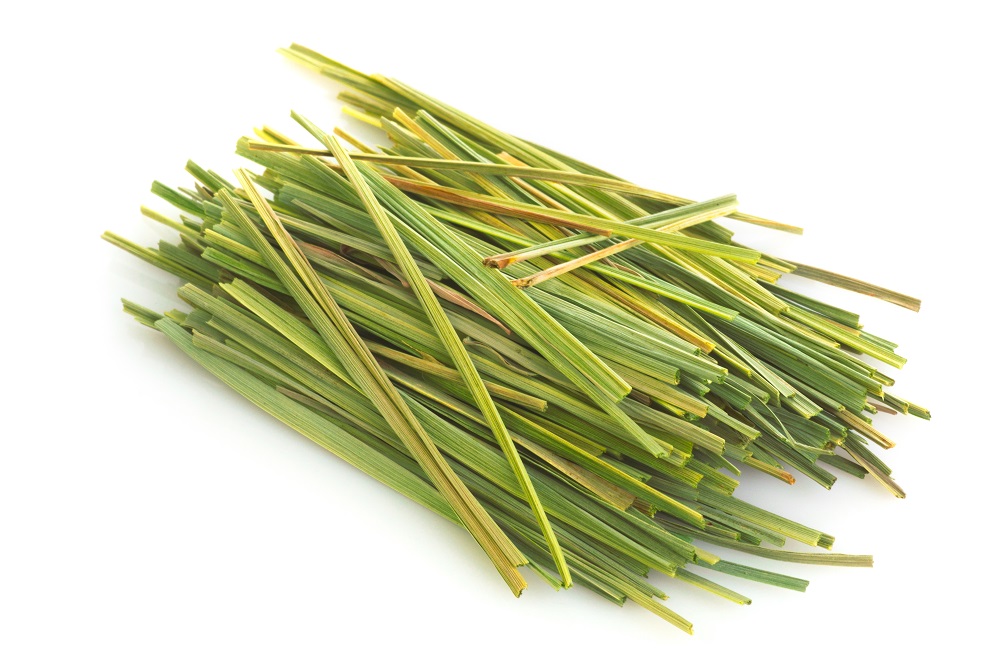
This is primarily because both lemongrass and citronella are, in fact, the same plant, meaning that any sort of recipe’s ingredient list that calls for citronella is also calling for lemongrass.
Lemongrass or citronella is also known by a variety of other names such as Cymbopogon, cochin grass, fever gras and Malabar grass, all of which refer to the same genus of species whom share the same lemon-y citrus odor, especially in the stalks.
Are Lemongrass Stalks the Only Kind of Lemongrass Used in Cooking?
Despite the fact that the stalks of the lemongrass plant are what is primarily seen in markets and thereby the most commonly utilized in most recipes, it is not in fact the sole part of the plant that may be cooked, with such things like the leaves and even the lower bulb at which the stalks sprout from are all considered edible and may be used in a variety of dishes.
The primary difference between these portions of the lemongrass plant, however, are simply the intensity of which the particular lemongrass flavor may be present, as well as the texture found therein, with the lower bulb being distinctly more fibrous and less intense in flavor, and the leaves of the plant being softer and more delicate in taste.
Flavor Substitutes to Lemongrass and Lemongrass Products
Fittingly named, lemongrass is known for presenting a distinct tartness akin to that of the lemon fruit while also imparting a certain minty note of flavor that makes incorporating lemongrass and lemongrass derived products quite sharp and bright to the taste, adding a rather honed portion of whatever flavor profile may be found in a recipe.
This flavor profile may be substituted quite easily with a diverse group of ingredients that are likely already available in one’s refrigerator crisper compartment or backyard garden, making replacing lemongrass in a recipe quite easy.
Lemon Rind Zest
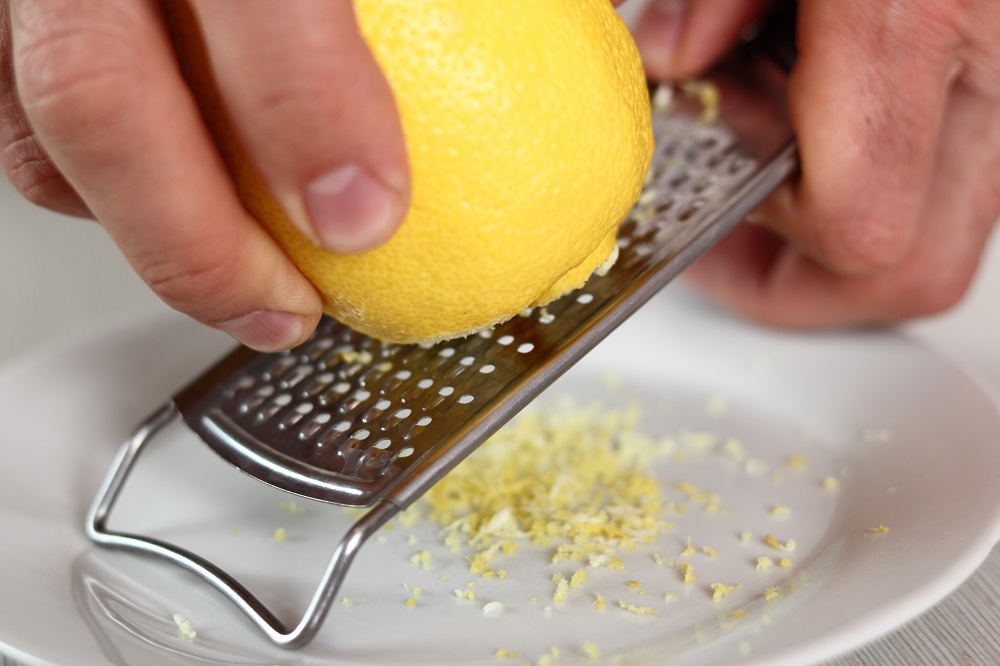
Considering the fact that lemongrass is most often compared to other citrus-y ingredients such as lemon or lime, it is by no stretch of logic that one would assume substituting said lemongrass with lemon itself is a good idea.
However, the juice of a lemon may prove to be far too acidic or otherwise sweet for the purposes of such recipes like curries or broths, and as such it is instead the zest or peel of the lemon that is better suited for such a flavor profile substitution.
This is because of the characteristic sharp yet slightly bitter flavor found in the zest of the lemon fruit, of which is otherwise not found in its juice, making using the lemon’s peel a far closer substitute.
Kaffir Lime Leaves
A cousin of the lime fruit native to Southeast Asia, kaffir limes and their subsequent leaves are known for having a characteristically citrus profile of flavor in a somewhat more intense strength than what lemongrass would normally impart into a recipe.
As such, one must take care not to overuse kaffir lime leaves when choosing to use this particular ingredient as a substitute for lemongrass in whatever recipe it was originally intended for, especially in more delicate dishes that may be completely overpowered by the strength of flavor given off by kaffir lime leaves.
A safe bet for kaffir lime leaf substitution is to use them in a two to one ratio where every unit of volume of kaffir lime leaves are equivalent to two units of volume of lemongrass.
Lemon Juice
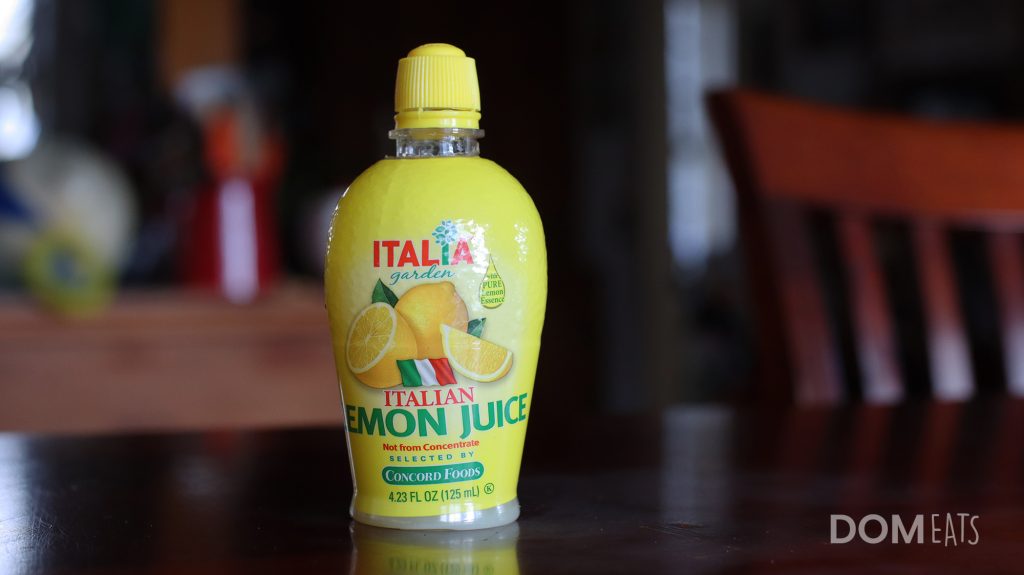
Perhaps the most simplistic and common of lemongrass substitutes, lemon juice can make up for the distinct citrus flavor that is lost in the flavor profile of a dish if lemongrass were to be removed, though one must expect a far less complex flavor profile of lemon juice, especially considering the fact that the major component of minty-ness is absent from said flavor profile.
Lemon juice is best used in certain types of Southeast Asian soups and stews in the capacity of acting as a substitute for the citrus-y flavor lemongrass would usually add to these dishes.
Texture Substitutes to Lemongrass Paste
Among the many products made from lemongrass is that of a paste meant to impart a somewhat more intense yet no less aromatic flavor with none of the normal characteristics usually found in using the stalks or bulbs of the lemongrass plant, such as their physical form or texture.
Because of the specificity of lemongrass paste and its various uses in a recipe, finding a suitable substitute that shares the same texture and a similar enough flavor profile can be quite difficult, with only a few types of pastes or spice mixtures being close enough to act as replacement ingredients.
Ginger Paste
Though not quite as sour or citrus in flavor as lemongrass paste, ginger paste nonetheless shares a similar underbody of flavor in terms of pungency and minty-ness, alongside the added benefit of having quite a similar physical consistency and texture as lemongrass paste itself.
This allows ginger paste to be used in practically any recipe that lemongrass paste would be added to, especially when combined with another ingredient that may make up for the lack of a citrus flavor in ginger paste, such as lemon zest or lemon juice.
Ginger paste possesses a similar level of intensity of flavor to lemongrass paste in its fresh form, allowing it to substitute the latter ingredient in a direct one to one ratio without overpowering other ingredients in the recipe.
Unseasoned Curry Plant Paste
Usually consisting of the leaves of the curry plant alongside some sort of neutrally flavored yogurt, curry plant paste in its unadulterated and unseasoned form possesses a pungent and intense flavor oftentimes compared to that of anise seasoning or to lemongrass itself.
Another benefit to using curry leaf paste is the fact that it, much like lemongrass as well, emits an odor akin to that of lemon or other citrus fruits, not only making unseasoned curry plant paste an excellent flavor substitute to lemongrass paste but also a nearly identical odor substitute.
In terms of texture, most homemade curry plant pastes should be quite similar to lemongrass paste, though the particular type of yogurt as well as the volume of curry leaves added into the paste may cause it to be more or less viscous and smooth.
If needed, one may blend the leaves alongside the yogurt and olive oil in order to achieve a smoother and silkier consistency which may be more suitable for use in certain Indian recipes.
Vegetable Substitutes to Lemongrass Stalks
While most of the substitutes mentioned previously in this article are of the fruit variety and as such not quite considered vegetables, several potential substitutes for the presence of lemongrass stalks in a recipe do exist, the majority of which are likely just as available in most marketplaces as lemongrass.
Lemon Balm Leaves
Somewhat milder and more delicate in terms of flavor, lemon balm leaves nonetheless present quite a similar citrus-y odor to lemongrass and its products, all the while also possessing a similar taste profile with the added addition of certain notes of sweetness in the aftertaste.
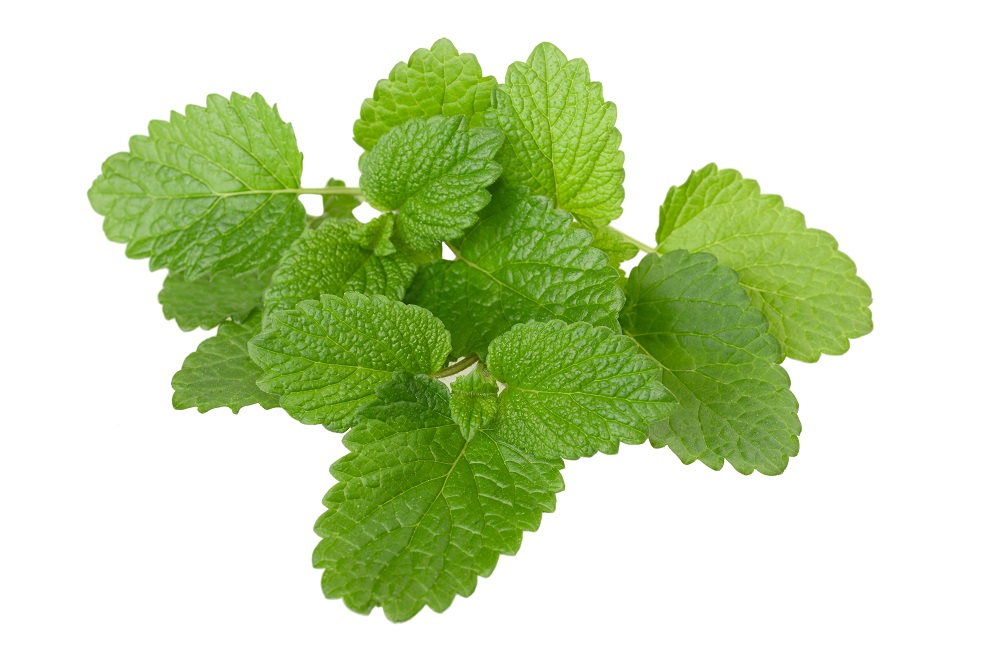
Due to the weaker flavor of lemon balm leaves and the fact that it tends to lose intensity of taste when subjected to high temperatures or fluid, it is best to use lemon balm leaves in a significantly larger volume than what one would normally use for lemongrass stalks.
Lemon Verbana Leaves
Not to be confused with lemon balm leaves, lemon verbena leaves are rather intense in flavor, especially in comparison to the former herb.
Lemon verbena leaves are best used in the sort of recipes that require a far stronger flavor profile than what would be imparted to a dish by lemongrass stalks alone, perhaps making lemon verbena leaves even more suitable an ingredient than what was originally intended to be added.
However, individuals may find directly biting into this leaf rather unpleasant, and as such lemon verbena must only act as a substitute to lemongrass stalks in the sort of dishes that allow it to be removed later in the cooking process, such as in soups, broths or sauces where the flavor of lemon verbena leaves may remain present.
Curry Leaves
A middle ground between potential substitutes that are too mild or too intense, curry leaves are actually unrelated to the spice mix also known as curry, though they do share slightly similar flavor notes when added to a dish.
In terms of acting as a lemongrass substitute, curry leaves present very similar notes of earthiness alongside its citrus flavor with very minor astringent notes that are albeit slightly more mild than that of lemongrass, though this particular characteristic is more than made up for by the fact that curry leaves also possess quite a similar odor to lemongrass as well.
Tea Substitutes for Lemongrass Tea
Another common use for lemongrass stalks and leaves is to make a tea that is oftentimes compared to lemon zest tea or other slightly bitter yet tart teas that can aid in such things like indigestion or sore throats due to the relative acidity of the liquid.
Fortunately, it is far easier to find a potential substitute for lemongrass tea than it is to substitute lemongrass stalks or leaves themselves, primarily due to the fact that quite a plethora of citrus-flavored teas exist, most of which are likely more readily available throughout the world than lemongrass tea.
Lemon Tea
Perhaps the closest possible substitute in terms of flavor and odor, lemon tea and tea made from the rind of lemon fruits present an extremely similar flavor profile to lemongrass tea with the added bonus of a slight tanginess that pairs quite well with any sugar that may be added to the tea, if one so desires to do so.
In terms of positive health effects, lemon tea is also quite similar to the sort of benefits one would receive from consuming lemongrass tea, as both teas impart an improvement in digestive capability as well as promote proper hydration throughout the human body – thereby “detoxifying” it.
Korean Citrus Tea / Citron Tea
Also referred to as Yuja-chea or yuja tea, this particular lemongrass tea substitute is traditionally produced in the country of Korea wherein it is made by steeping citron fruits in hot water after said fruit has been cured and processed into a syrup-like ingredient.
Citron tea, much like lemon tea, presents quite a similar flavor profile to lemongrass tea, with the same tangy and citrus-y body of flavor accented by a very mild astringency that is even less pronounced in citron tea than in lemongrass tea.
Citron tea, however, has the caveat of possessing notes of sweetness that are not normally present in lemongrass tea aside from the addition of certain sweetening ingredients.
Of course, whether this is an advantage or not will depend on the individual’s personal preferences.
References
1. Akhila, Anand (2010). Essential Oil-Bearing Grasses – The genus Cymbopogon. Boca Raton, FL: CRC Press. ISBN 978-0-8493-7857-7.
2. Margaret Joan Roberts (2000). Margaret Roberts’ A–Z Herbs: Identifying Herbs, How to Grow Herbs, the Uses of Herbs. Struik. p. 51. ISBN 978-1-86872-499-4.
3. Leah Cohen, Stephanie Banyas. (2020) “Lemongrass and Lime: Southeast Asian Cooking at Home” Penguin Publishing Group. Retrieved via Google Books Regional and Ethnic Cooking Section. ISBN 0525534830 , 9780525534839

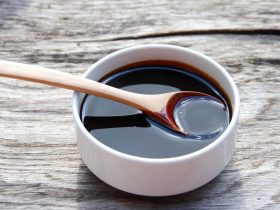
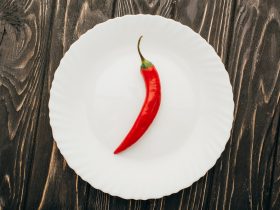
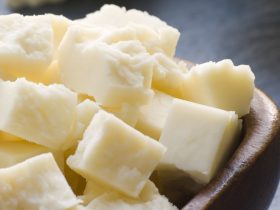

Hi, I'm Dom
Dom Eats was started to help other people fall in love with food. While cooking can feel intimidating, it doesn't have to be.